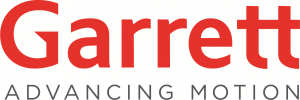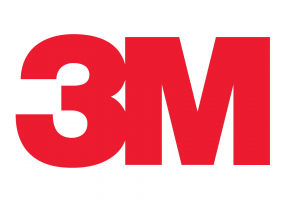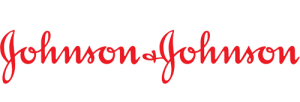Building a continuous improvement culture
4.10.2012Company: ModusLink Czech Republic s.r.o.
We all want to get better. In today’s business environment there is also a very real business need to build on cost saving initiatives and continually improve processes to remain competitive. Most companies can address obvious inefficiencies in their business—the low hanging fruit. Many will reap the benefits of knowledgeable employees who come up with point solutions to drive pockets of improvement, but few can sustain this improvement over time and across the enterprise.
Organizations that do sustain continuous improvements work hard at it—it is built in to the corporate culture. While no two companies are the same, many of those that are successful share a number of common traits.
- Continuous improvement is driven through a formal program across the company. There is a company approach to identifying improvement projects, assigning resources, documenting and sharing results.
- Employees receive formal training on the company’s continuous improvement process, improvement tools and methodology. People are given the tools that allow them to be successful and frequently there is a formal CI qualification system and hierarchy that is available.
- Improvement comes from all levels of the organization. Anybody can suggest a project and frequently the best ideas come from those closest to the day-to-day operations.
- Projects are started with a formal charter and end with measurable and validated results against an initial baseline. Activity is aimed at getting results and these results are accumulated across the organization.
- Continuous improvement is formally linked to reward and recognition systems for employees.
- Sharing the improvement projects within the organization is given as much importance as the projects themselves. Sharing projects between sites and between disciplines acts as an example of what can be achieved and provides inspiration for other projects.
- A core team is responsible for championing continuous improvement across the company, for setting standards, for delivering training and collating aggregate company results.
- Continuous improvement spans all areas of the company. Frequently people think in terms of operational departments but continuous improvement in administrative and even sales and marketing functions can be equally effective.
- A continuous improvement culture must be embraced at the highest levels of the organization. Visible support is required at the executive level, including participation in projects, supporting project readouts, sponsoring incentive programs and including continuous improvement in company statements and strategy.
- Most important of all – continuous improvement is not optional!
We have come a long way in our own journey to embedding a continuous improvement culture at ModusLink. A key decision was adopting a Lean Sigma approach and bringing in an experienced CI leader with a direct reporting line to the President of Global Operations and the CEO.
At the outset we suffered many of the traits of a typical ‘hero culture’ organization where we celebrated superhuman efforts by dedicated employees to drive success in the absence of effective processes. Some of our sites initially resisted improvements that were ‘not invented here’ rather than building on the successes that had been achieved elsewhere. Over time, however, many of the improvements brought on by CI projects could not be ignored and we began to see more involvement on a global scale.
Today over 98% of our employees have received formal Lean Sigma training. At any point in time we have over 300 projects running across the organization – many of them in conjunction with our clients. Continuous improvement savings now fund our annual investment in sales and marketing, with some left over. But it doesn’t end there. Continuous equals on-going and has become the norm. We won’t stop improving.
Author: Eva Vrzalová, Business Development Director CEE, ModusLink Corporation, www.moduslink.com







